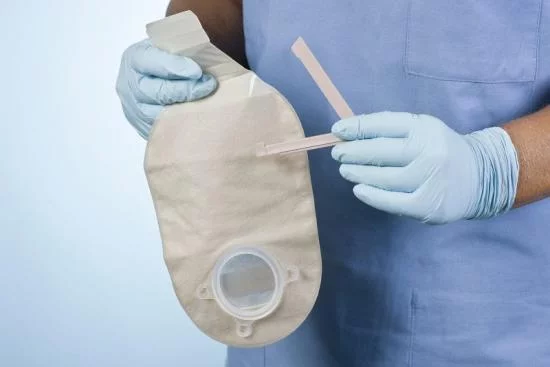A colostomy is a surgical procedure that provides an individualized solution for people with bowel disease. The procedure creates an opening in the abdomen that allows stool to be collected in a pouch. Whether temporary or permanent, a colostomy promotes a better quality of life and allows a quick return to daily activities.








